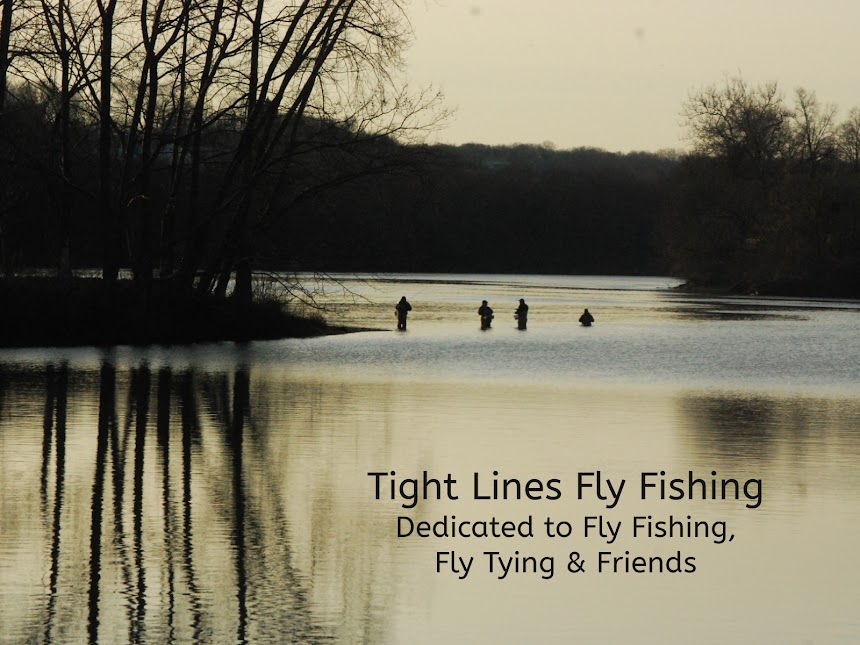Crab Pot Fly
 |
Hook: Gamaktsu SL12S Size
1/0.
Thread: Mono or Olive 6/0.
Mouth: Olive Craft
Fur.
Claws: Barred Olive Hackle.
Body: Olive SF Blend or EP Fibers or Congo Hair
Eyes: Burnt Mono.
Weight: Medium Dumbbell eyes.
Legs: Olive Sili Legs.
This is an essential fly here in New England. Crabs are a substantial part of the stripers diet, yet many don’t fish crab flies. Part of the problem is not knowing where & when to fish them. I fish a few different crab flies, but this is the most productive of all of them. The color can also be modified to match the bottom environment. The size can also be varied depending on the size of crabs the bass are feeding on. When fishing a crab fly, keep it in the ‘zone’ a lot longer than you would a bait fish. Make sure it gets down. If you strip it, short intermittent strips with pauses can induce strikes. When tying this fly I usually add some head cement or UV Resin on my wraps to enhance its durability.
To tie this fly begin by placing your fly in the vice. Start your thread at the bend of hook and secure it with 9-10 wraps. Cut off the butt end. Prepare a ½ ‘pencil’ sized clump of craft fur for the mouth of the fly. Tie it in at the bend of the hook. It should extend approximately a hook shank length beyond the bend. Next, tie in your mono eyes. You can either purchase them or make them by burning the ends of heavy mono line. When you tie them in, make sure they splay outward. They should extend halfway down the Craft Fur Mouth at the bend of the hook. When tying them in remember that this fly will fish with the hook up. The eye should be pointed up slightly. Once they are secured, cut off the excess.
Next, with a few strands of your EP Fibers or Congo Hair, create a short dubbing noodle on your thread. Dub a small ‘ball’ around the hook shank at the tie in point at the bend. Select and prepare 2 feathers for the claws of the crab. Keep in mind that for a ‘green’ crab, 1 claw is larger than the other. Both claws should splay outward and slightly ‘upward’, approximately a ½ hook shank length beyond the Craft Fur mouth. Cut off the butt ends and cover your securing wraps with another dubbing noodle on your thread.
You are now going to tie in a tuft of EP/Congo Fibers under the hook shank, over the claws and eyes. It should be approximately a pencil in thickness and extend ‘upward’ and beyond the bend to the eyes. Once secured and the butt end is trimmed, prepare another tuft of Fibers to begin to form your crab body. The length should measure at least 1 ½ inch on each side of the crab (to be trimmed later). Secure the Fibers, laying 1 side along the hook shank, take securing wraps, and sweep rearward. Now take the other side of the Fibers and place them over the hook shank, sweeping them rearward on the other side of the hook. Secure the Fibers with some wraps. Repeat this process up the hook shank. It may take 4-5 tufts of Fibers to complete the body. Remember to leave room behind your hook eye for your Dumbbell Eyes. Once your Fiber body is completed, tie in your Dumbbell Eyes behind the eye of the hook (Reverse your hook in the vice and mount them on what is normally the top of the hook shank). Use figure 8 wraps to make sure they are secure.
Next, behind the Dumbbell Eyes, tie in 4 Silly Legs (again, on what is normally the top of the hook shank). Once secure, bring your Silly legs over the Dumbbell Eyes to the other side of the hook shank. At the same tie in point on the opposite side of the hook shank, secure them with thread wraps. They should extend approximately to the Claw tips on what will be the bottom of your fly. Finally, behind the Dumbbell Eyes and Leg tie in point, add 1 more tuft of EP/Congo Fibers on each side of the hook shank. Whip finish your fly and add some cement to your wraps.
Now it’s time to trim your crab. Begin by preening out your EP/Congo Fibers. With your scissors round out the edges of your crab to create a semi-circle on each side of the hook. Advice in trimming your Crab Fly—Take your time. It’s better to trim off a little at a time than too much at once. Please be careful so that you don’t trim off any of your legs or claws.

No comments:
Post a Comment